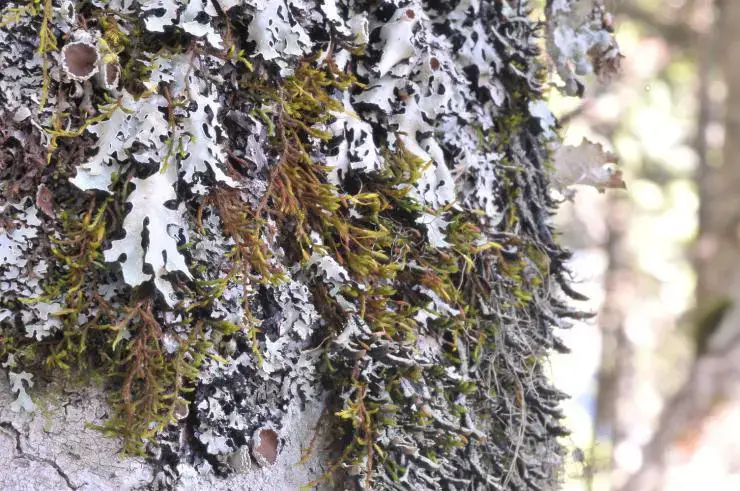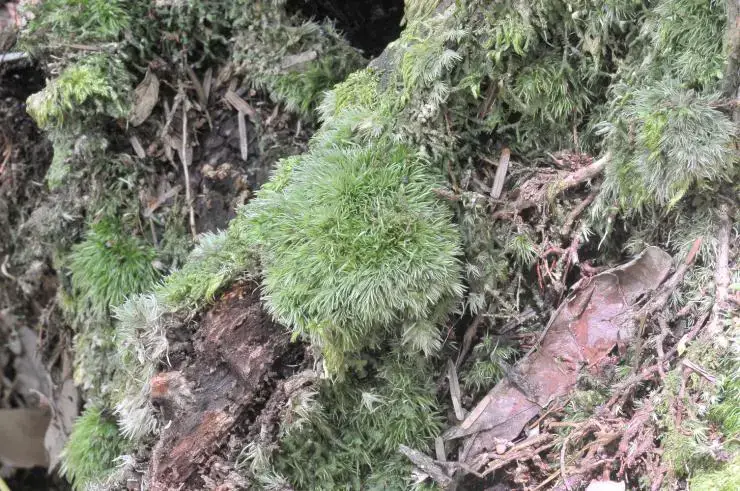
5856d54f21c593d9017a4c708465902e.jpg from: https://taieol.tw/muse/digi_object/944be5363af1050246cc941b5ca41998
Schlotheimia sublevifolia: A Fascinating Moss of the Orthotrichaceae Family
Introduction
Mosses are often overlooked, but they play important roles in ecosystems around the world. One particularly interesting moss is Schlotheimia sublevifolia Müll.Hal., a member of the

7037e79d418c961c5141889e083833ce.jpg from: https://taieol.tw/muse/digi_object/2355523fe7d6b11d4b7a8ac495911fd7
Orthotrichaceae family. In this blog post, we’ll take a closer look at this fascinating little plant.
Background on Mosses
Mosses are small, non-vascular plants in the division Bryophyta. Unlike other land plants, they lack true roots, stems, and leaves. Instead, they have leaf-like structures called phyllids. Mosses reproduce via spores rather than seeds and are found in a wide range of habitats worldwide.
Schlotheimia sublevifolia: Morphology and Identification
S. sublevifolia is a pleurocarpous moss, meaning its reproductive structures (sporophytes) grow from the sides of the stems rather than the tips. Its phyllids are ovate-lanceolate in shape and have a costa (midrib) that extends to the tip.
The sporophytes have cylindrical capsules with peristome teeth in multiples of four. S. sublevifolia can be distinguished from similar species by its nearly smooth phyllid cells (lacking papillae).
Global Distribution and Habitat
This moss has a wide distribution, found in tropical and subtropical regions of the Americas, Africa, and Asia. It typically grows as an epiphyte on tree bark and branches in moist forests at low to mid elevations.
Ecological Roles and Adaptations
Like other mosses, S. sublevifolia plays important roles in its ecosystem:
- Helps retain moisture
- Provides habitat for micro-organisms
- Contributes to nutrient cycling
- Serves as a bioindicator of air quality
It has several adaptations for its epiphytic lifestyle, including:
- Tolerance of periodic drying out
- Ability to absorb water and nutrients over its entire surface
- Structures for attaching to bark
Conclusion
Schlotheimia sublevifolia may be small, but it’s a prime example of how mosses have evolved to thrive in their environments and support the ecosystems around them. Next time you’re in a tropical forest, take a closer look at the trees – you just might spot this intriguing little moss! What other secrets of the bryophyte world are waiting to be uncovered?